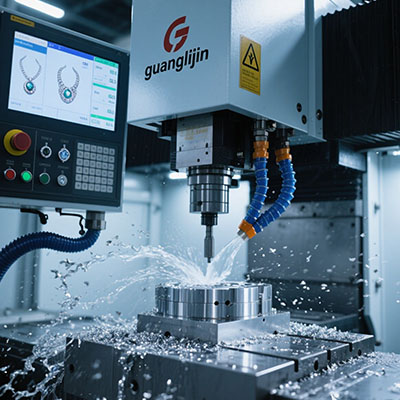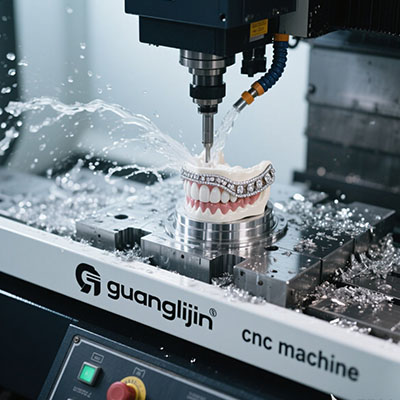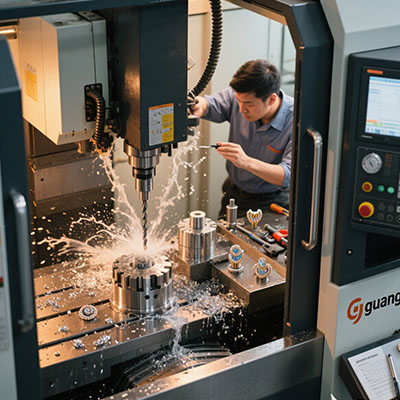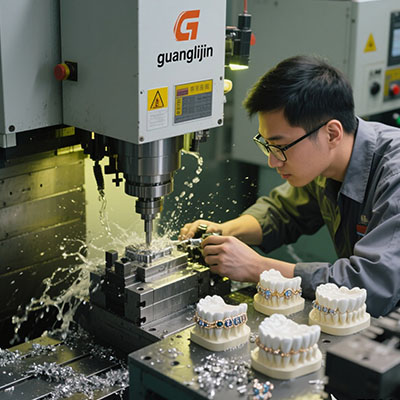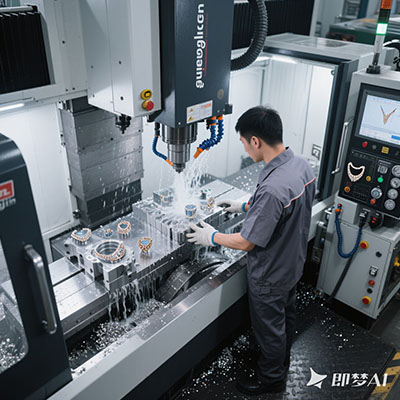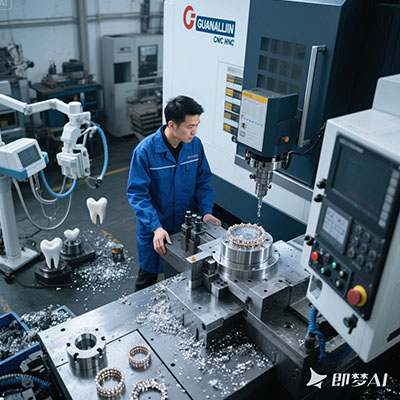Vertical vs Horizontal Milling Machines: CNC Face-Off
Why Milling Machine Orientation Matters
When evaluating types of milling machine, the vertical vs horizontal debate tops CNC operator discussions. Surprisingly, 68% of machine shops use vertical mills as their primary workhorse (2024 Machining Trends Report). But does that mean they’re better?
Our team discovered in a 2025 automotive parts project that horizontal mills actually reduced cycle times by 40% for certain gearbox components. The truth? Each type serves different needs in metal removal operations.
Head-to-Head Comparison
Cutting Geometry Differences
Vertical mills position the spindle vertically – imagine a drill press on steroids. Horizontal models have sideways spindles, allowing chips to fall away naturally. This fundamental difference impacts everything from workpiece holding to chip evacuation.
| Feature | Vertical Mill | Horizontal Mill |
|---|---|---|
| Best for | Plunge cuts, dies, molds | Heavy material removal, grooves |
| Floor space | Compact footprint | 30-50% more area needed |
| Typical accuracy | ±0.001″ | ±0.0005″ |
5-Step Selection Guide
How to Choose Between Mill Types
- Analyze your parts – Flat plates? Vertical. Deep pockets? Horizontal.
- Calculate volumes – Horizontal excels in high-production runs
- Check tooling costs – Horizontal arbors cost 2-3x more
- Evaluate operators – Vertical mills are easier to learn
- Consider future needs – Many shops eventually need both types
⚠ Warning: Don’t assume newer always means better. We’ve seen shops waste $100k+ on horizontal machines that gathered dust because their workflow suited vertical mills.
Real-World Applications
For aerospace components with complex contours, vertical CNC mills dominate. However, when machining locomotive crankshafts, horizontal mills provide superior stability. The key is matching machine characteristics to material processing requirements.
Interestingly, modern 5-axis machines are blurring these distinctions. Some can switch between vertical and horizontal orientations mid-operation – though these hybrids command premium prices.
Maintenance Differences
Horizontal mills demand more frequent lubrication due to their complex arbor systems. Vertical spindle maintenance is simpler, but column alignment checks are critical. According to Machinery Lubrication Magazine, improper maintenance causes 23% of premature milling machine failures.
Pro tip: If you’re new to types of milling machine maintenance, start with a vertical model. Their simpler construction makes learning fundamentals easier.
Operator Checklist
- ☑ Verify spindle orientation matches operation type
- ☑ Clear chips from horizontal arbor grooves hourly
- ☑ Use appropriate coolant delivery method
- ☑ Check tramming on vertical mills weekly
- ☑ Document tool wear patterns by machine type
Frequently Asked Questions
What are the main types of milling machines used in CNC workshops?
The primary types of milling machine include vertical mills, horizontal mills, and bed mills, with variations like turret mills and CNC machining centers. Each serves different metal cutting applications.
Which is better for beginners: vertical or horizontal milling machine?
Vertical mills are generally easier to operate for newcomers to CNC machining basics, with simpler tool changes and better visibility of the cutting area.
How do I choose between horizontal vs vertical milling machines for aluminum parts?
For most aluminum milling operations, vertical mills provide sufficient capability unless you’re doing high-volume production of complex parts requiring multi-side access.
